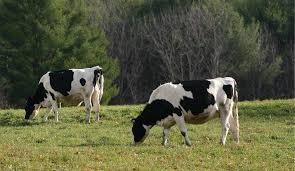Avian Influenza Outbreak
- Recent testing has revealed the presence of highly pathogenic avian influenza in three additional dairy herds in Michigan.
- The Michigan Department of Agriculture and Rural Development has reported new cases in Clinton and Ionia counties, along with the first case in Calhoun County, bringing the state’s total to 21 affected herds.
The Impact on Agriculture
Dairy Industry Concerns
- The outbreak raises significant concerns for Michigan’s dairy industry, as avian influenza can have devastating effects on poultry health and production.
- Dairy farmers are facing the challenge of implementing biosecurity measures to prevent the spread of the virus and protect their livestock.
Response and Management
Government Action
- The Michigan Department of Agriculture and Rural Development is working closely with local authorities to contain the outbreak and mitigate its impact on the agricultural sector.
- Measures such as quarantine protocols, surveillance, and disinfection efforts are being implemented to control the spread of the virus and safeguard public health.
Understanding Avian Influenza
Highly Pathogenic Strain
- Avian influenza, commonly known as bird flu, is caused by influenza viruses that primarily affect birds.
- The highly pathogenic strain of avian influenza can cause severe illness and high mortality rates in poultry flocks, posing a significant threat to food security and economic stability.
Protecting Public Health
Risk of Transmission
- While avian influenza primarily affects birds, certain strains have the potential to infect humans and other animals.
- Proper hygiene practices, such as thorough cooking of poultry products and avoiding contact with sick or dead birds, are essential to reduce the risk of transmission to humans.
The detection of highly pathogenic avian influenza in additional dairy herds in Michigan highlights the importance of proactive surveillance and response measures to safeguard animal health and prevent the spread of infectious diseases. By working together with government agencies and stakeholders, the agricultural community can effectively manage outbreaks and protect public health.




